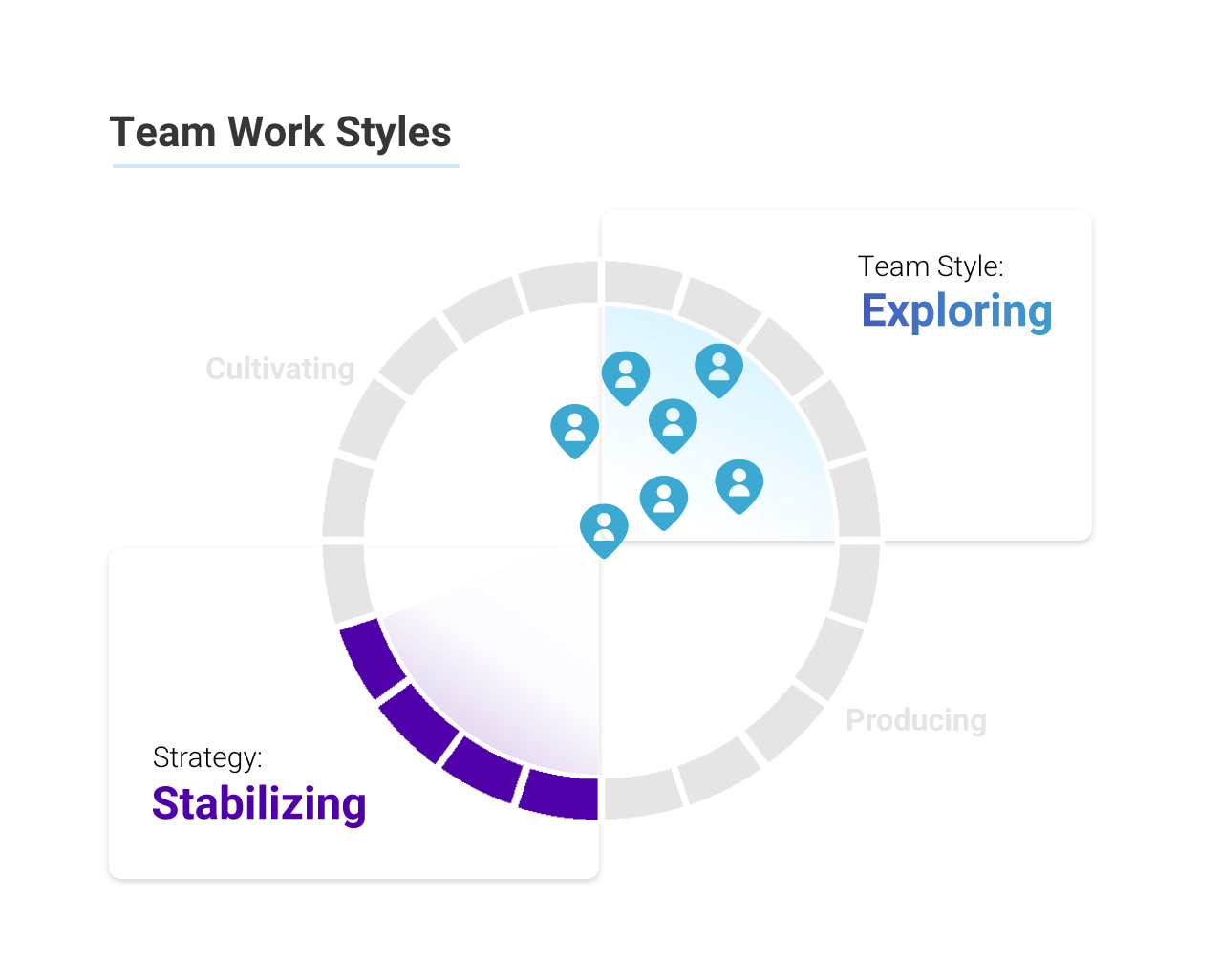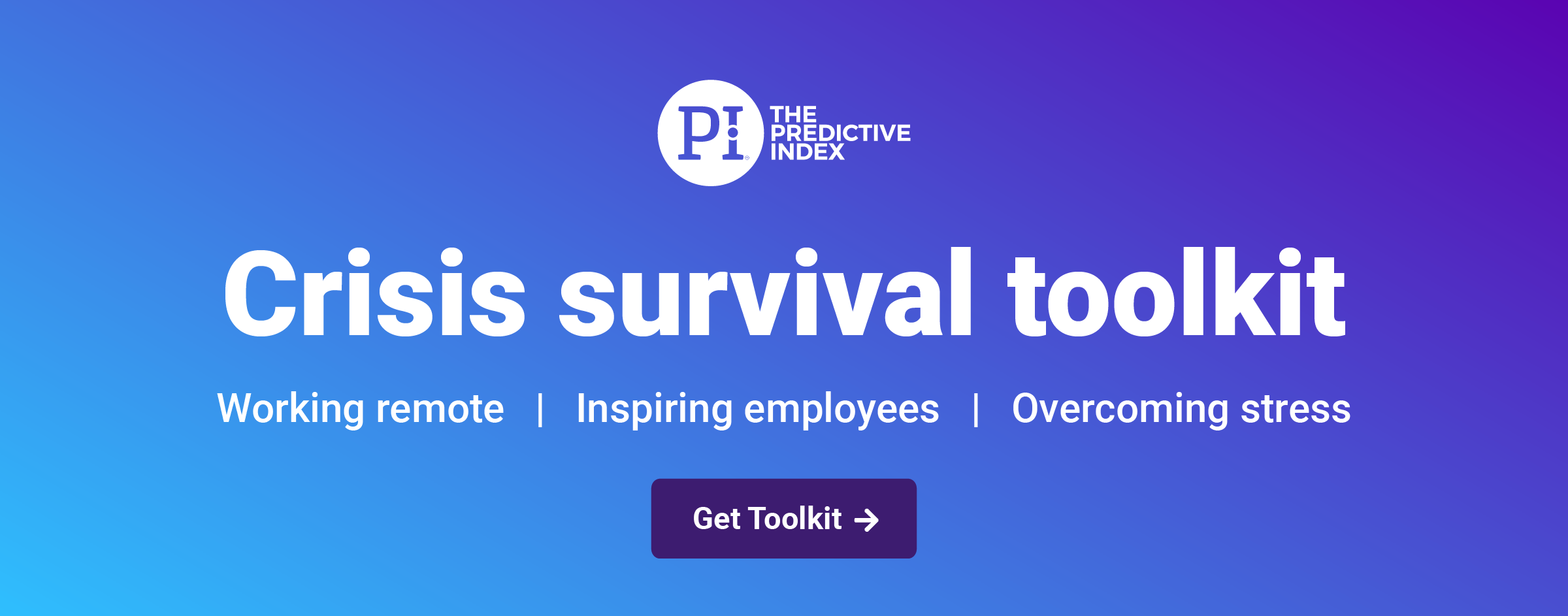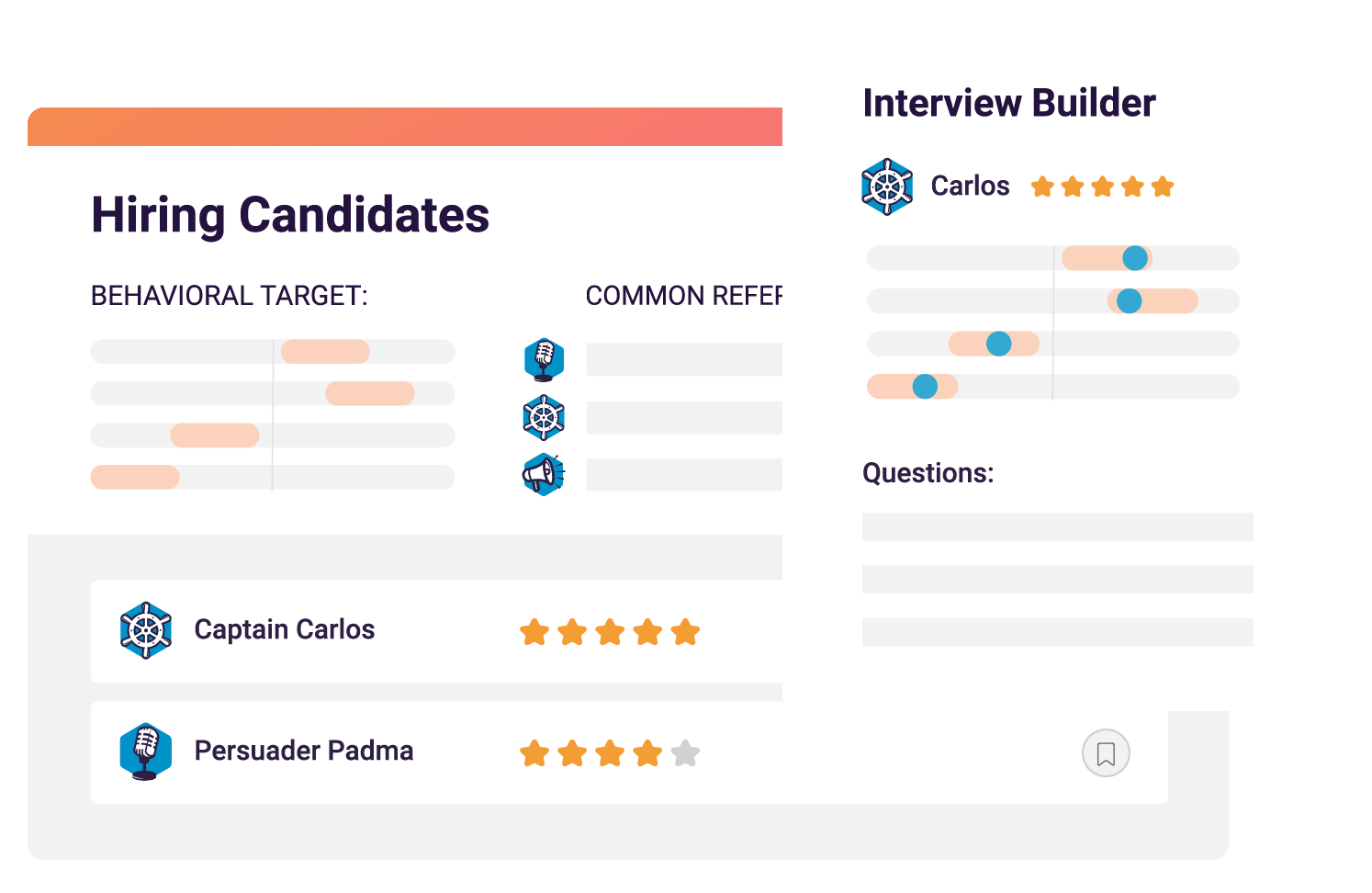To be resilient means to be able to return to your original shape after being bent, stretched, or pressed. “Resilience” is being used now more than ever to describe the response needed by our society in order to rebound as quickly as possible from the COVID-19 health crisis.
This is much easier said than done. In a recent keynote, Dan Ariely, a renowned behavioral economist and author of the best-selling book Predictably Irrational, opined that all of the stress and anxiety felt during this time can thrust people into a state of “learned helplessness.”
As leaders, it’s our job to acknowledge the pain and potential suffering that our teams are going through. We have to assume lower levels of resilience and we have to help by letting our team members know that it’s OK to feel lost. It’s OK to feel unproductive. It’s OK to speak up and share your feelings or thoughts in a more direct or different way than you had before.
Resilience is undoubtedly the most important thing any of us can focus on right now. From the supply chain to risk management and short-term decision-making, resilience applies to all forms of business continuity. “Resilient” is the descriptor we should all strive for when thinking about how others will refer to our behavior, attitude, and performance during the COVID-19 crisis. A company that exemplifies resilience will serve as a case study for proper crisis management.
What is organizational resilience?
When you see resilience in action, it can be motivating and inspire resilience in others. It can have a compounding effect on your organization and lead you to a situation where the whole is quite greater than the sum of parts.
Organizational resilience is the manifestation of that compounding effect. It refers to the strength of your company to remain true to its culture and values during unprecedented circumstances—providing the framework from which to make the difficult decisions needed to survive, stabilize, and thrive.
A resilient organization is built with the appropriate contingencies to efficiently scale up, down, or pivot as needed—giving it the ability to weather the storm and even capitalize on unforeseen events or challenges.
How to build organizational resilience
Just like a muscle, resilience can be built and maintained. It’s through deliberate focus and practice that your company can build a strong culture, teams, systems, and processes. These allow it to flex during trials and tribulations—often coming out stronger and more resilient than before.
Well-defined culture and values. Culture and values serve as the backbone of the organization. It is the minimum expected behavior or your company, and therefore the sounding board on which to test ideas and make decisions. Resilient organizations have cultures that stand the test of time and core values that keep the company focused on what matters most to their unique mission.
Strong teams. It takes time to build enough trust and confidence amongst a team so that team members can put their egos aside, adapt, and embrace required change. Kind of like learning a foreign language, if you don’t use it, you lose it. Teams that regularly practice team building, understanding each other’s unique strengths and weaknesses, and collaborative problem solving will find themselves ready to act when a crisis hits.
Updated systems & infrastructure. The right systems and infrastructure are required to ensure your company can continue to operate in any climate. Companies that work to continually evolve their tech stacks, systems, and infrastructure in normal times will reduce the chances that they are forced to make expensive or disruptive decisions, sucking up critical resources in times of need.
Smart measurement and processes. Understanding what metrics ultimately drive performance and value for your business is critical. Ongoing access to reporting of metrics like customer conversion rates, customer acquisition cost, retention rates, average order values, and their associated trends can allow you to raise a red flag before true danger arrives. It can also let you see where bottlenecks exist and indicate where better processes are needed. With well-defined processes and the right data, you can make objective decisions.
“Data makes transparent all difficult decisions” – Billy Beane

A model and framework for maintaining organizational resilience
Make no mistake about it, leading and managing teams through times of crisis or great change is awfully hard regardless of how prepared you are. The discipline of talent optimization provides a uniquely effective framework for aligning your people strategy to your business strategy so your company can get through almost anything.
A talent optimization strategy can ensure organizational resilience in the face of any obstacle.
Design your organization to your strategy. In the design phase, or aptitude, of talent optimization, you define your company’s strategy and align your leadership team and culture to it. In a crisis, you may have to re-strategize for the current circumstances—changing what capabilities you need to succeed. For instance, your team, which may be well-suited to execute on a hyper-growth strategy, may realize a shift to a more process- and precision-focused strategy is needed to survive a crisis. You’ll be better prepared to adapt to address strategic gaps with this insight.
Inspire employee performance. Leading in times of crisis requires self-awareness and a well-crafted plan to maintain employee engagement and productivity. In the inspire phase of talent optimization, you create the plans and procedures that empower managers to be steady, effective leaders—rebuilding collaboration and individual performance to ensure resilient teams and individuals.
Diagnose engagement issues. It’s hard to act and apply resources when you don’t know what’s wrong. In the diagnose phase of talent optimization, you measure employee engagement and performance to identify productivity blockers and create action plans to address them. In times of crisis, there will be a more frequent need to keep a pulse on engagement and address potential issues before they become detrimental.
Hire for high stakes. When circumstances change, you’ll likely need to re-evaluate job requirements and prioritize your candidate pipelines for high-stakes situations. Having clearly defined hiring processes and tools in place to predicate candidate success and identify the best fits is paramount.

Organizational resilience training
Leadership, at all levels, requires resilience so that we don’t forget the level of empathy, acceptance, and trust needed to make progress amidst any increased anxiety, tension, and fear. The PI Resilience Workshops Series allows business leaders and teams worldwide to get the help and support they need to weather any storm and emerge stronger than ever.
The Predictive Index is proud to offer these workshops through its network of talent optimization consultants, or PI Certified partners—empowering businesses all over the world to face adversity, to help leaders in need, and to take actions that protect their business.









